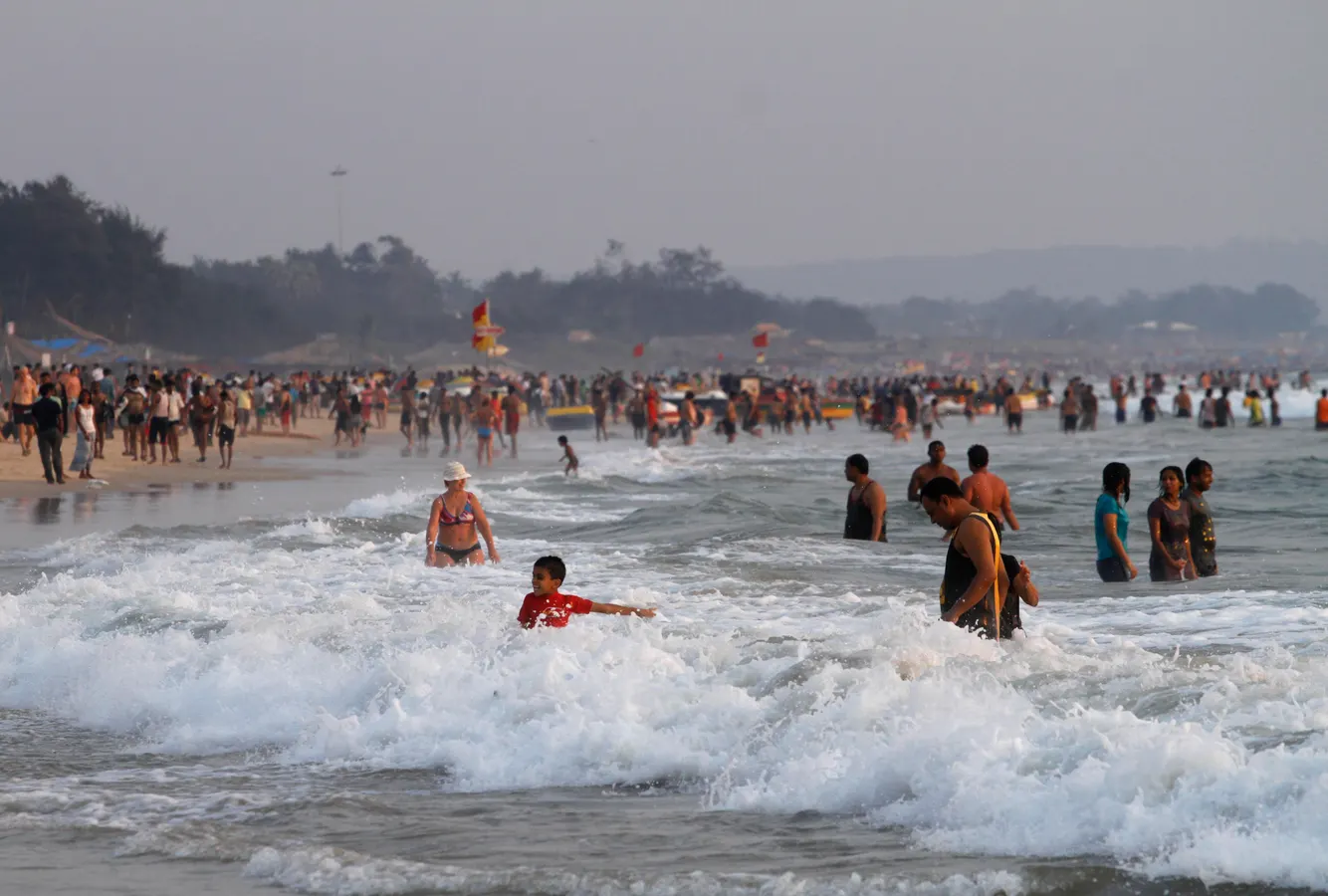By Contributor,Vasuki Shastry
Copyright forbes

Tourists enjoying at the Baga Beach in Goa, India.
AP Photo/ Rajesh Kumar Singh
The statistics released by the Indian government are striking. In 2024, India received around 10 million foreign tourists, a significant increase in inbound arrivals in the post-pandemic era. During the same year, by the government’s own data, a phenomenal 30 million Indians preferred to holiday overseas, spending an estimated $33 billion. This may seem unexceptional until you consider the following proposition.
Quite simply, Indian tourism over the past decade has been turbocharged by Indians preferring to holiday at home. As more and more Indians pack their bags to vacation overseas, to an estimated 65 destinations last year, much faster growth in inbound tourism needs to replace the tidal wave of outbound travel. Here, India faces formidable competition from Asian neighbors like Thailand (2024 tourist arrivals, 35 million), Malaysia (25 million), Vietnam (17 million), and Indonesia (13 million).
The profound challenge for the Indian government and the industry at large is to retain the flow of domestic tourists, while scaling inbound travel to levels of its peers. With iconic sights like the Taj Mahal, India should be a formidable competitor to Thailand and Malaysia.
Historically, India has always been a laggard in terms of building sizeable market share of Asian inbound travel. Poor infrastructure and lack of tourist-friendly hotels were the principal reason for slow growth in the eighties and nineties. As anyone who has traveled to India recently can attest, these are no longer a constraint.
Major urban centers have spruced up their infrastructure, air connectivity, and there has been a dramatic growth in hotel rooms in all categories. India’s offering, to use industry parlance, has substantially improved. Yet there are clues from the slowdown in domestic tourism which perhaps explains why India is not out-performing peers.
MORE FOR YOU
One issue definitely is extortionate pricing of services, both for air travel as well as on-ground transportation and accommodation. During the peak tourist season which starts next month, the country’s tourist operators extract maximum revenue by, well, price gouging and uncompetitive practices. In the picturesque western state of Goa, where I holiday regularly, a taxi cartel dominates ground transportation and the state government has pliantly refused to allow ride-sharing apps like Uber and Ola to operate in the state. As a result, taxi fares in Goa are amongst the most non-transparent and steepest in the country.
This phenomenon has not gone unnoticed by domestic tourists, who have voted by their feet by preferring to holiday in Bangkok or Dubai rather than in Agra or Jaipur. Many of them have pointed out to local media that lower cost considerations and the opportunity to travel overseas are a major reason why they are vacationing out of the country. These considerations are also at play for cost-conscious foreign tourists, who can make price comparisons at the click of a button.
To be sure, given its many attractions and vast potential, India will continue to attract sizeable flows of inbound tourists, perhaps in the high-spending category. But to meet the ambitious target of more than doubling tourist arrivals to 25 million by 2030, the Indian government and industry need to address competitive and structural barriers.
The objective should be to incentivize many domestic tourists to vacation at home and to bring in tourists on the scale of Thailand or Malaysia. This will create the conditions for sustained tourism growth in “Incredible India,” the catchy marketing slogan which captures the true ethos and potential of the country.
Editorial StandardsReprints & Permissions



